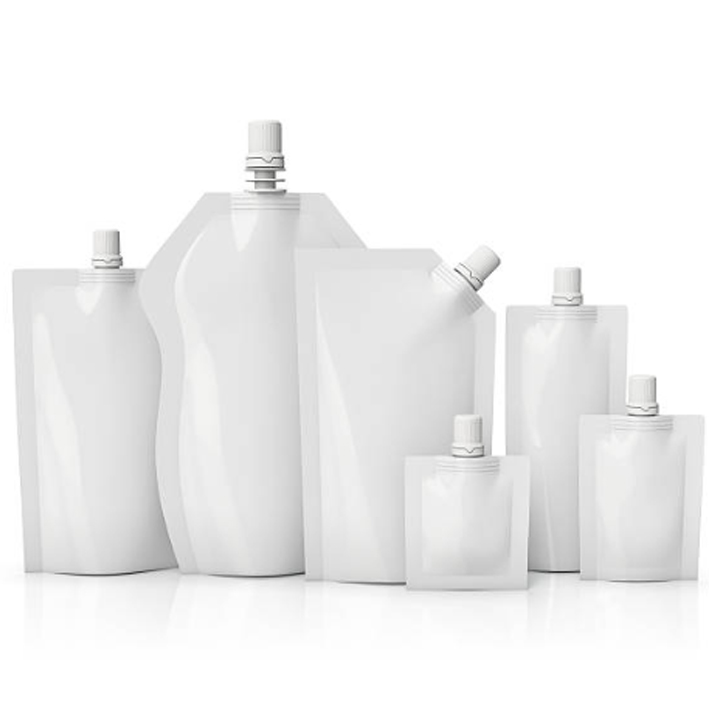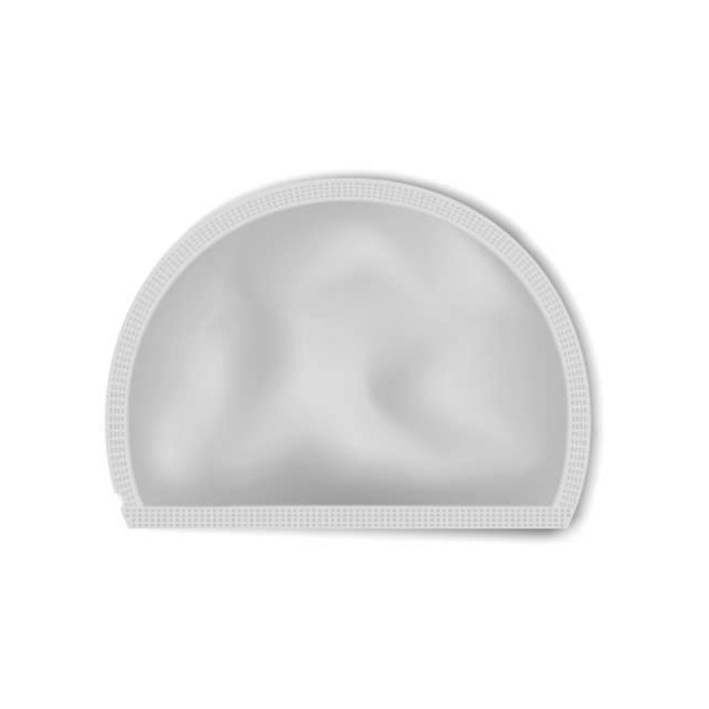Pouch packaging refers to the use of flexible pouches made from materials like plastic, aluminum, or paper for packaging various products. Pouches are versatile and can be used to package a wide range of products, including food and beverages, personal care items, pharmaceuticals, and more. They are typically lightweight, convenient, and often feature resealable closures for easy opening and resealing. Pouches can come in different shapes and sizes, such as stand-up pouches, flat pouches, retort pouches, spouted pouches, and shaped pouches, each offering specific advantages and suitability for different products.

Drink pouch with spout cap

Flat pouches

Spouted pouch

Flat bottom coffee pouch

Stand-up pouch

Stand-up pouch with window

Side gusset stand up pouch

Sachet packet flat pouch
Types: There are several kinds of pouch packaging available, each designed to suit different needs and product requirements. Here are some common types of pouch packaging:
Stand-Up Pouches: Stand-up pouches have a gusseted bottom that allows them to stand upright on store shelves, providing excellent visibility and display. They often feature resealable closures like zippers or spouts, making them convenient for consumers. Stand-up pouches are commonly used for a variety of products, including snacks, beverages, and pet food.
Flat Pouches: Flat pouches, also known as pillow pouches, are the simplest form of pouch packaging. They are flat with sealed edges and are commonly used for packaging products like powders, granules, or single-use items. Flat pouches are often used for products like coffee, spices, or personal care items.
Retort Pouches: Retort pouches are designed to withstand high-temperature processing, making them suitable for products that require sterilization or pasteurization. They typically consist of a laminate of plastic and aluminum foil, providing excellent barrier properties. Retort pouches are commonly used for packaging ready-to-eat meals, soups, and sauces.
Spouted Pouches: Spouted pouches have a built-in spout or nozzle that allows for easy pouring or dispensing of the product. They are commonly used for packaging liquids, such as baby food, beverages, sauces, or liquid detergents. Spouted pouches are convenient for on-the-go consumption and reduce the need for additional utensils.
Shaped Pouches: Shaped pouches are designed with unique shapes or contours to enhance product presentation and branding. They can be customized to match the product’s shape or create a distinctive design. Shaped pouches are often used for products like snacks, candies, or novelty items.
Retortable Spouted Pouches: These pouches combine the features of retort pouches with built-in spouts. They are suitable for packaging products that require high-temperature processing and easy dispensing, such as baby food, sauces, or soups.
These are just a few examples of the different kinds of pouch packaging available. Each type offers unique features and benefits, catering to specific product requirements and consumer preferences.
Applications: Pouch packaging is used for a wide range of products across various industries. Here are some examples of products commonly packaged in pouches:
Food and Beverages: Pouches are commonly used for packaging food and beverage products such as:
- Snack foods like chips, nuts, and dried fruits
- Coffee and tea
- Sauces, condiments, and dressings
- Dairy products like yogurts and puddings
- Baby food and pouches with spouts for on-the-go consumption
Personal Care and Cosmetics: Pouch packaging is popular in the personal care and cosmetics industry for products like:
- Shampoos, conditioners, and hair treatments
- Body lotions, creams, and oils
- Face masks and serums
- Makeup products like foundations, concealers, and eyeshadows
Pharmaceuticals and Healthcare: Pouches are used for packaging various pharmaceutical and healthcare products, including:
- Medications like tablets, capsules, and powders
- Single-use medical devices and kits
- Nutritional supplements
- First aid and wound care products
Household and Cleaning Products: Pouch packaging is also used for household and cleaning products, such as:
- Laundry detergents and fabric softeners
- Dishwashing liquids and dishwasher tabs
- Surface cleaners and disinfectants
- Air fresheners and fragrance products
Pet Food and Treats: Pouches are increasingly used for packaging pet food and treats, offering convenience and portion control for pet owners.
These are just a few examples, and pouch packaging can be found in many other industries as well. Pouches provide versatility, convenience, and branding opportunities, making them a popular choice for packaging a wide range of products.
Custom: Customizing pouch packaging involves several steps to ensure that the design, materials, and printing meet your specific requirements. Here’s a general outline of the process:
Define your requirements: Determine the specific needs of your product, considering aspects like product type, size, shape, barrier requirements, and branding goals.
Choose the pouch type: Select the appropriate pouch type based on your product and requirements, such as stand-up pouches, flat pouches, or spouted pouches.
Material selection: Decide on the material for your pouch, considering factors like barrier properties, sustainability, and compatibility with your product.
Design and artwork: Create or collaborate with a graphic designer to develop an eye-catching design that aligns with your brand and product identity. Consider elements like colors, logos, product images, and information placement.
Printing and manufacturing: Work with a reliable packaging supplier or manufacturer who can print your design onto the pouch material and convert it into the desired pouch format.
Quality control: Ensure that the printed pouches meet your specifications and quality standards by conducting thorough quality control checks.
Customizing pouch packaging requires careful consideration of product requirements and design elements. By customizing pouch packaging, you can create an appealing and functional packaging solution that meets the unique needs of your product and brand.
